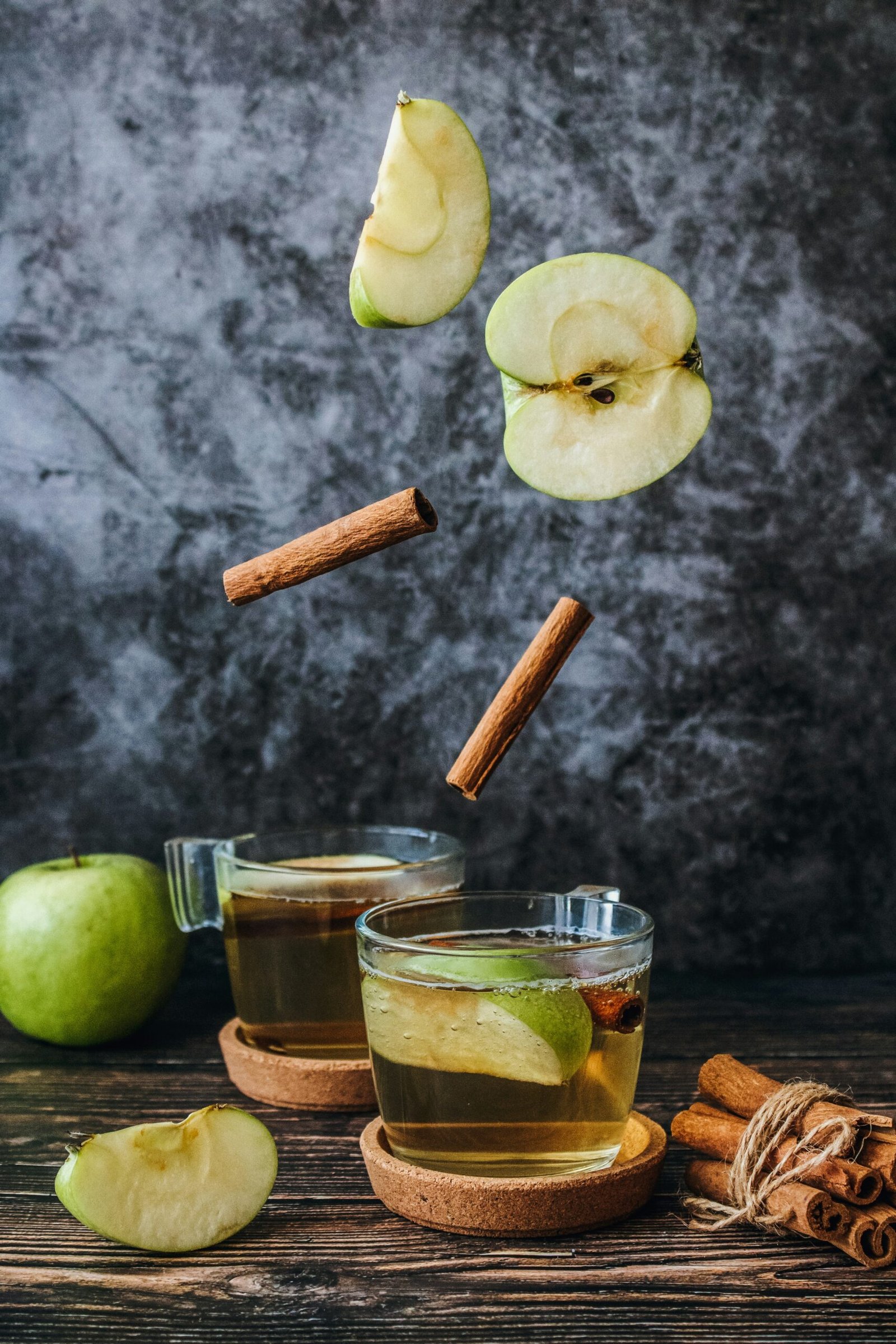Fruit juice is the 100% pure unfermented but fermentable liquid extracted from the edible parts of fresh or adequately treated, mature fruits and is intended for direct consumption. The addition of sugars, sweeteners, preservatives, flavourings or colourings to fruit juice is not permitted. While the Dietary Guidelines for Americans, 2020–2025 allow up to half of the recommended daily fruit intake to be replaced by fruit juices, some European countries classify juice as a sugary drink and discourage its intake. Thus, it is difficult for consumers to decide whether the juices are helpful or harmful. It is believed that regular consumption of fruit juice has negative impact on body weight, body mass, glycaemic control and risk of type 2 diabetes. Whereas some studies have shown almost similar impact of juices on post-prandial blood glucose levels when compared to whole frits. Glycemic index of 100% apple juice was 41 while whole apples had a GI of 36;100% orange juice had a GI of 50 compared to whole oranges.
Owing to variety of antioxidants (polyphenols and carotenoids), vitamins and minerals, fruit and vegetable intake has been associated with reduced risk of chronic diseases. Not only is the presence of these nutrients in food important but also their bioavailability. In a 3-week trial study, fruit juice intake caused significantly greater increase in vitamin C, folate, polyphenols and carotenoids levels in normal healthy adults compared to whole fruit. This result has been explained on the basis of two facts: first, higher fiber in fruits has been shown to inhibit the absorption of ß-carotene, as addition of pectin, guar and alginate to meals decreased concentration of ß-carotene by 50% in blood. Second, the mechanical processing (such as juicing) breaks down the cellular matrixes of the fruit, leading to greater release of polyphenols to make them more available for absorption.
Several studies have witnessed that polyphenols in citrus and pomegranate juice slow down absorption of glucose and lowers rate of glucose uptake which explains the reason of insignificant difference in GI of whole fruits and juices. These studies conclude that incorporating fruit juice in diet may increase ß-carotene and polyphenols concentration, which in turn may provide health benefits.




